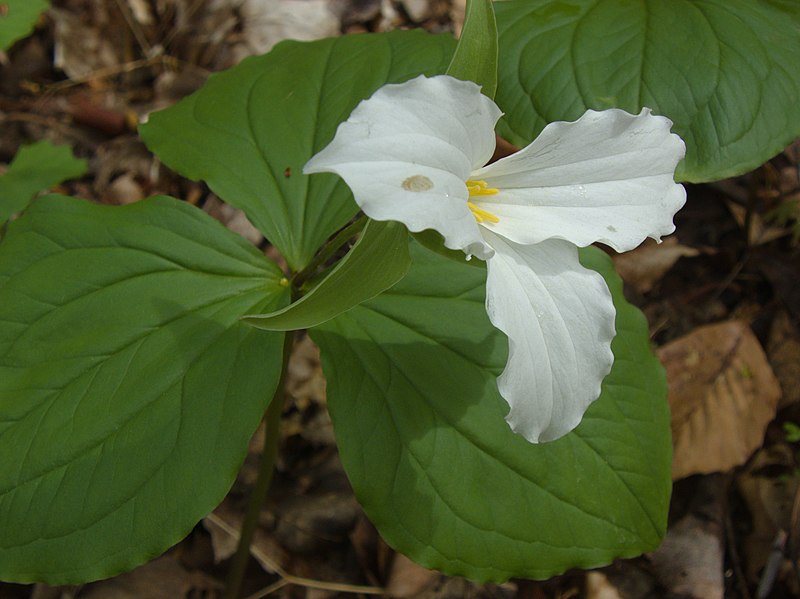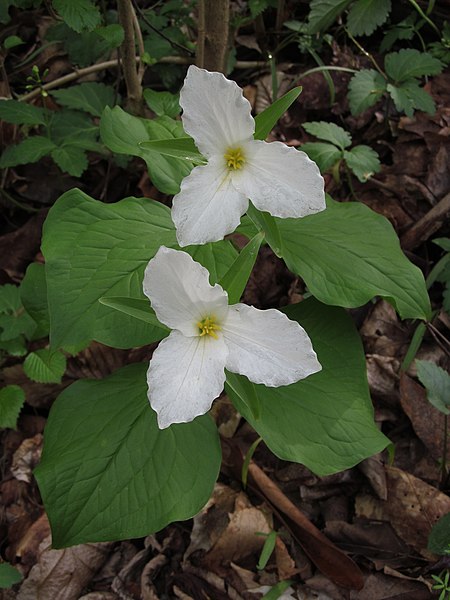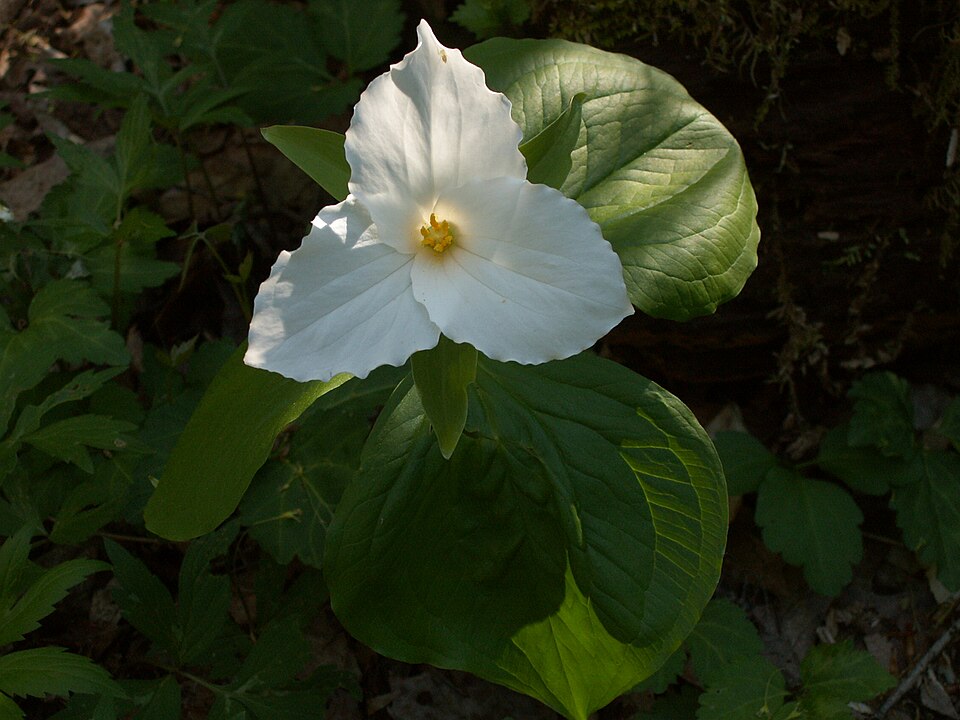
Great White Trillia blooming along the Trillium Trail in Fox Chapel.
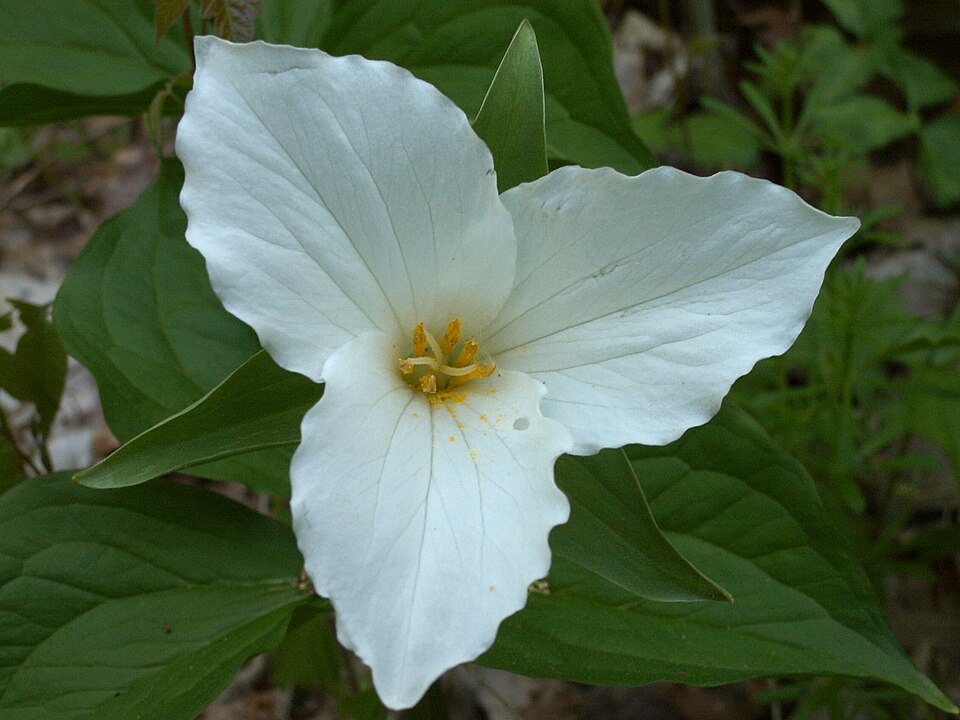
For a description of the species, see the Trillium grandiflorum reference page.
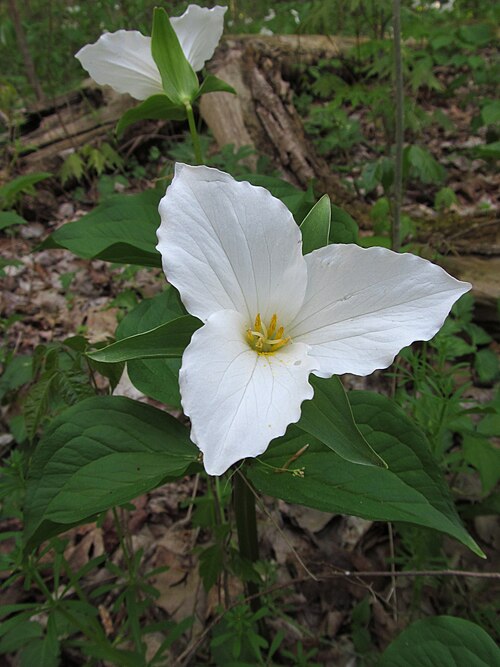

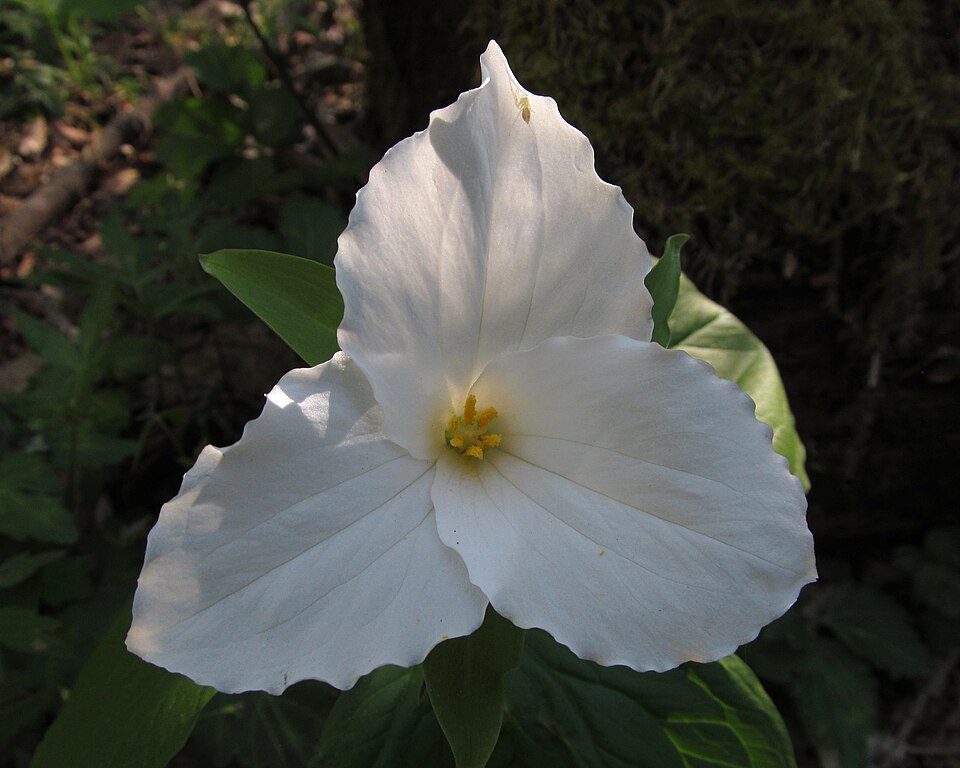
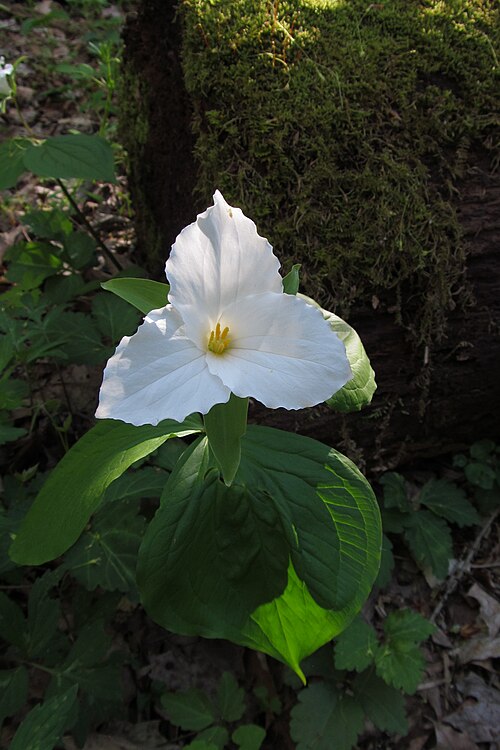
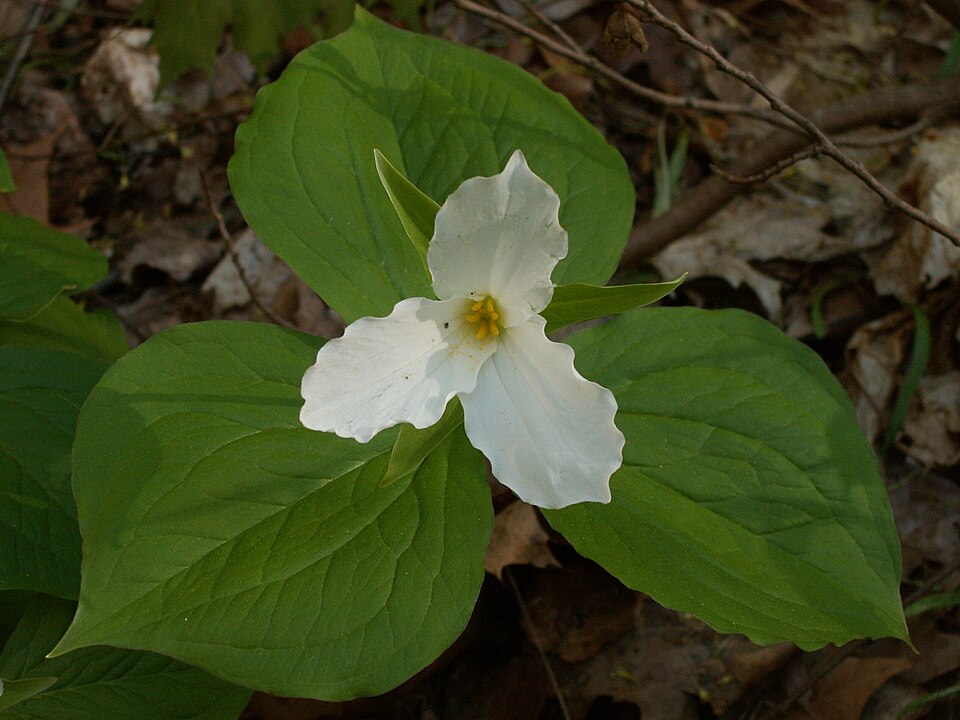
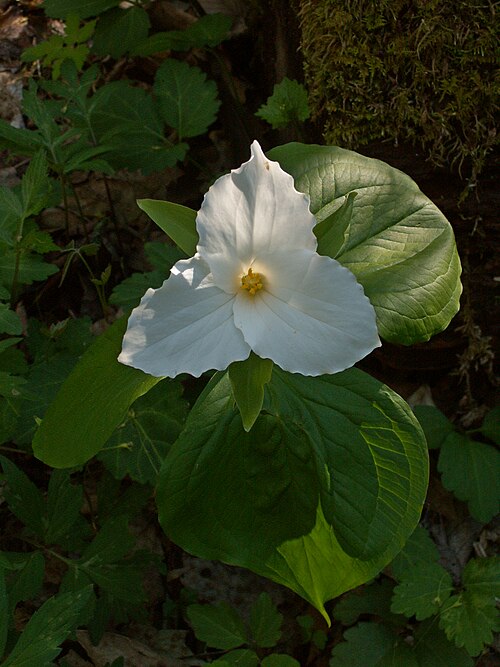

Great White Trillia blooming along the Trillium Trail in Fox Chapel.

For a description of the species, see the Trillium grandiflorum reference page.







As they age, the flowers of the Great White Trillium often turn rosy, which is a lesson for us all. Here are a few that were pinkening along the Trillium Trail in Fox Chapel.
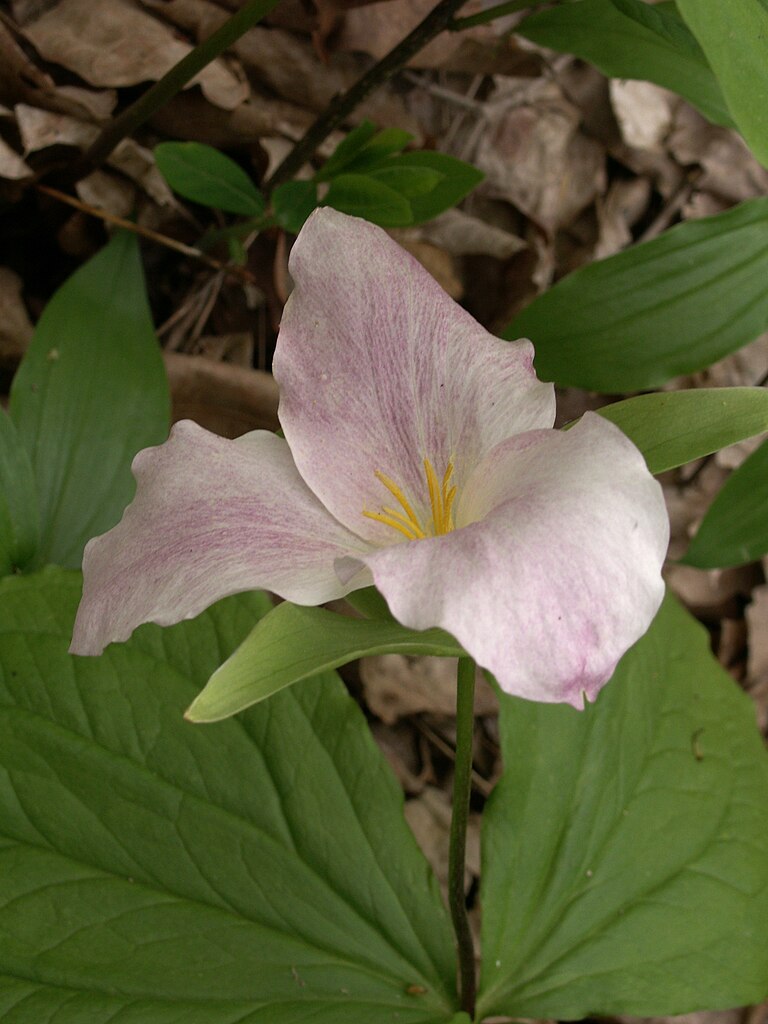

For a description of the species, see the Trillium grandiflorum reference page.
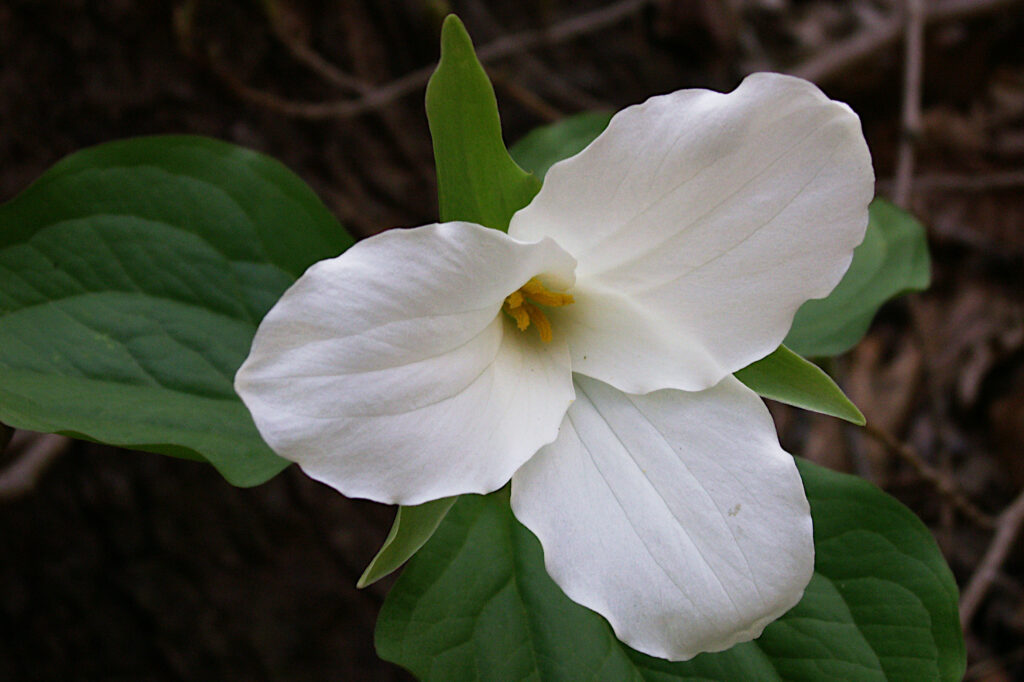
It’s trillium time on the Trillium Trail in Fox Chapel.
For a description of the species, see the Trillium grandiflorum reference page,
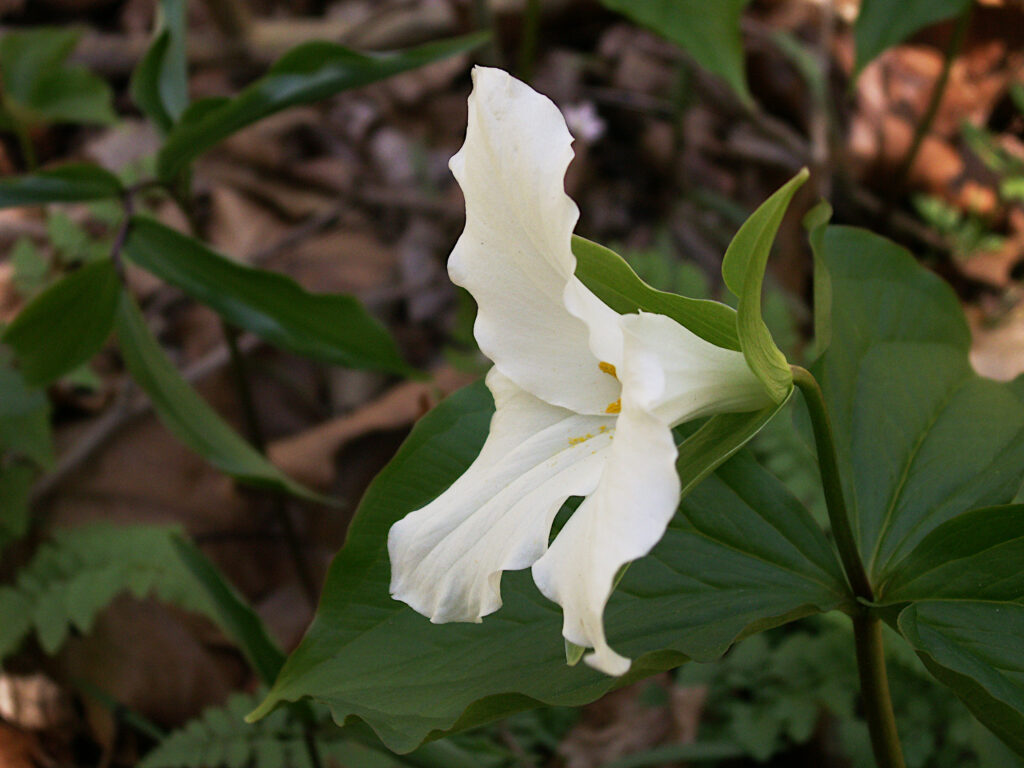
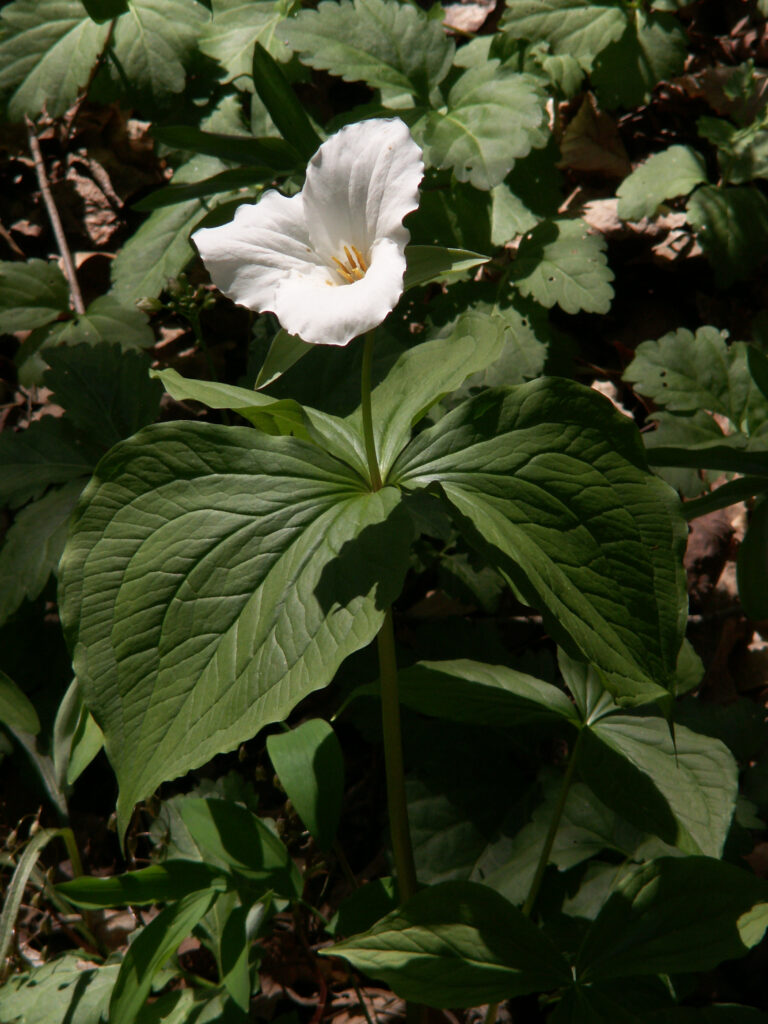
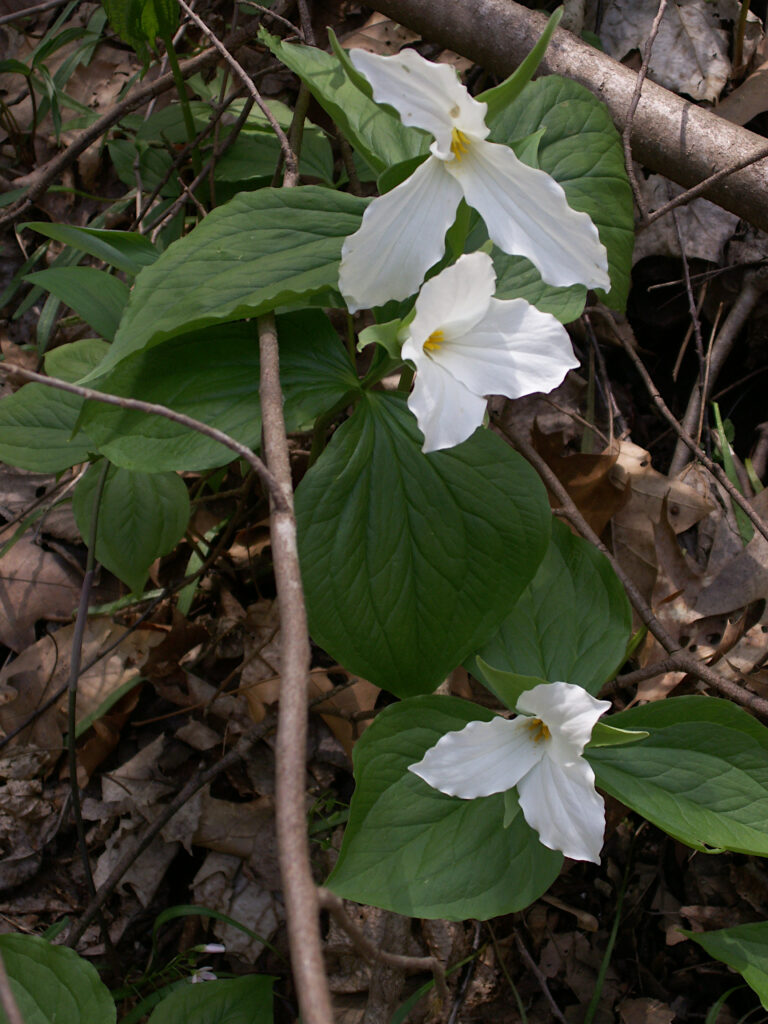
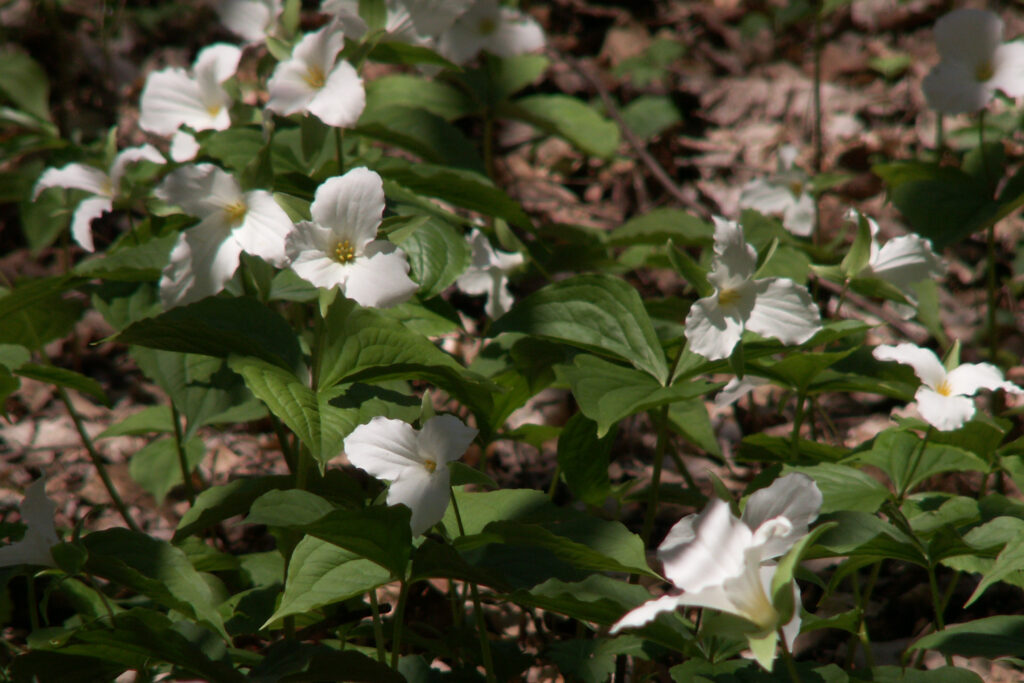
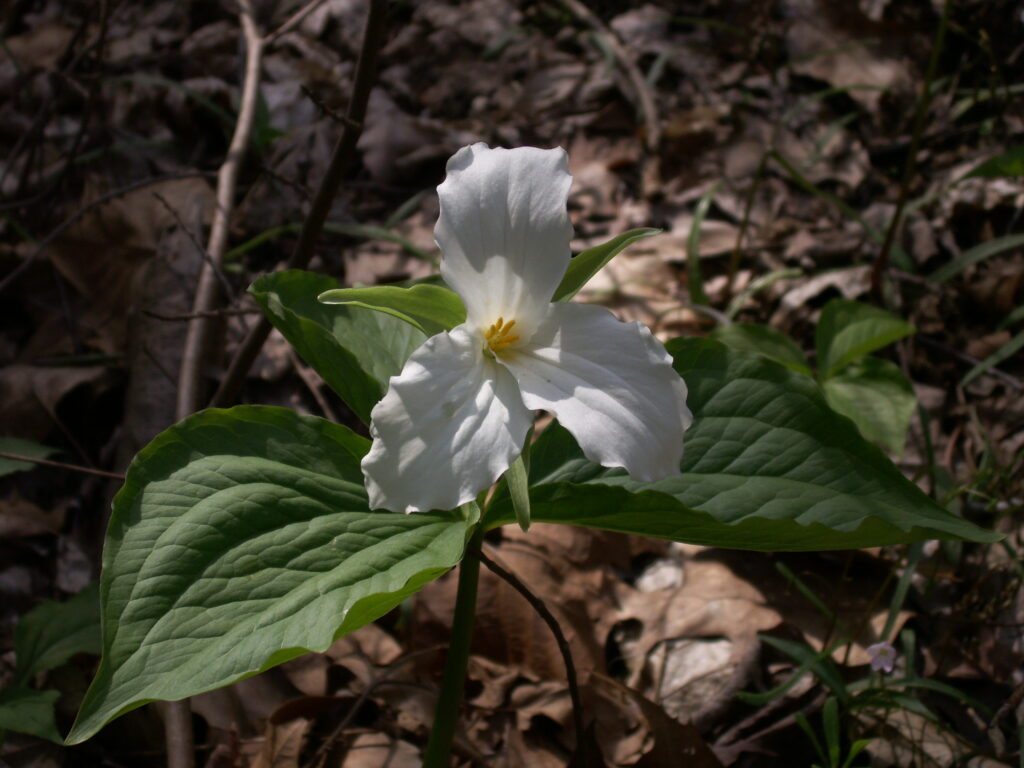
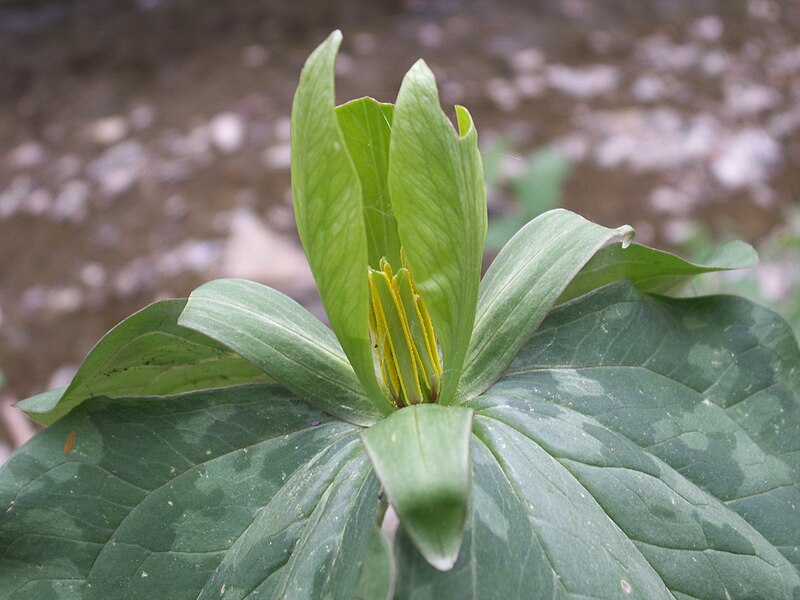
Toadshade most commonly has dark brownish-purple flowers, but the green form is not uncommon. Here we see it blooming by Saw Mill Run in Seldom Seen. Some botanists distinguish the green form as forma viridiflorum; others just say that sometimes Trillium sessile is green and nothing can be done about it. There are also intermediate forms with brownish-green or greenish-brown flowers.
For a description of the species, see the Trillium sessile reference page.




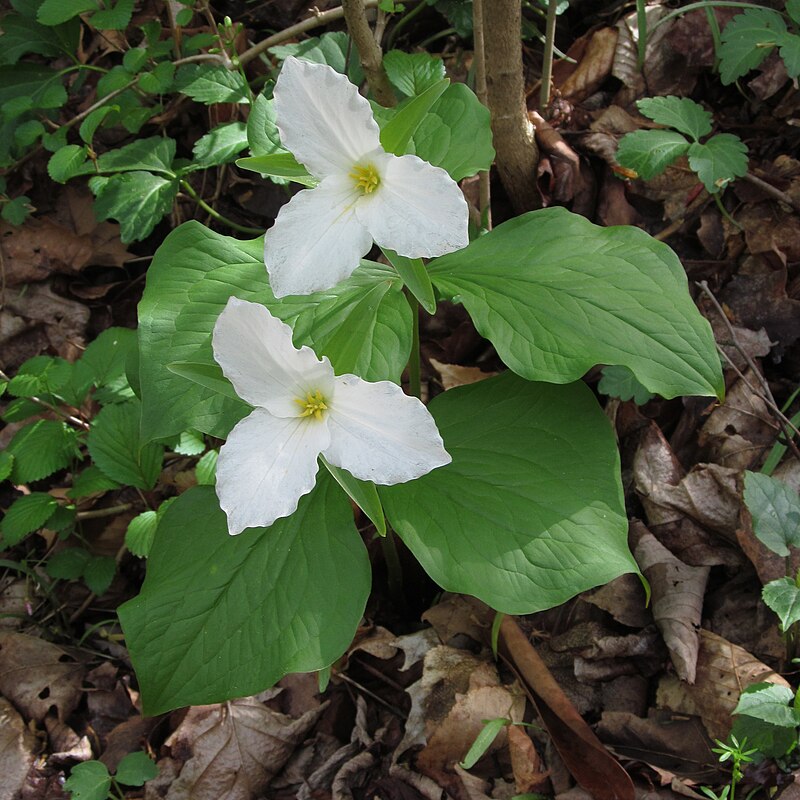
Great White Trilliums are out along the Trillium Trail in Fox Chapel. All the spring flowers are a little early this year.
For a detailed description, see the Trillium grandiflorum reference page.




